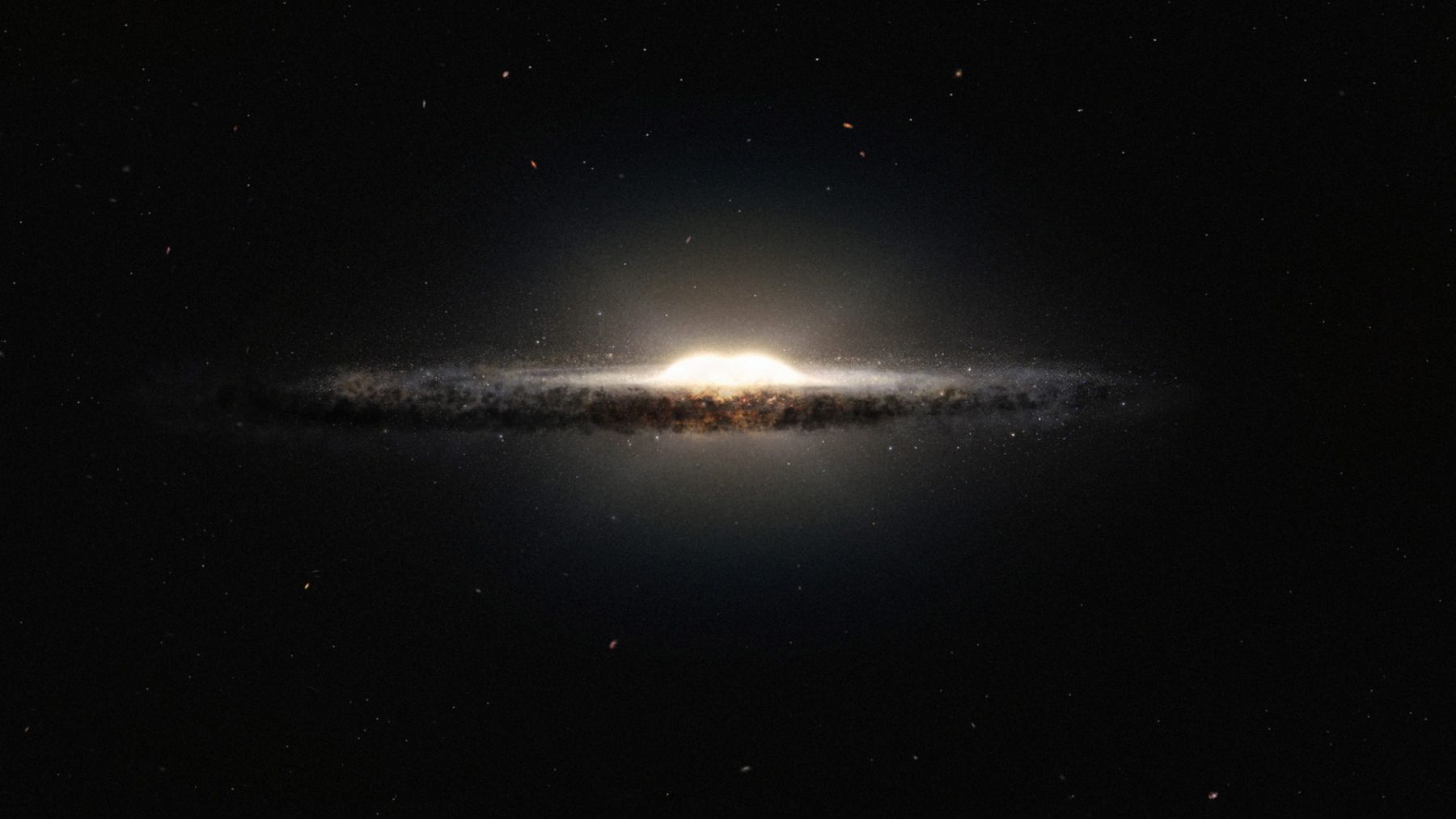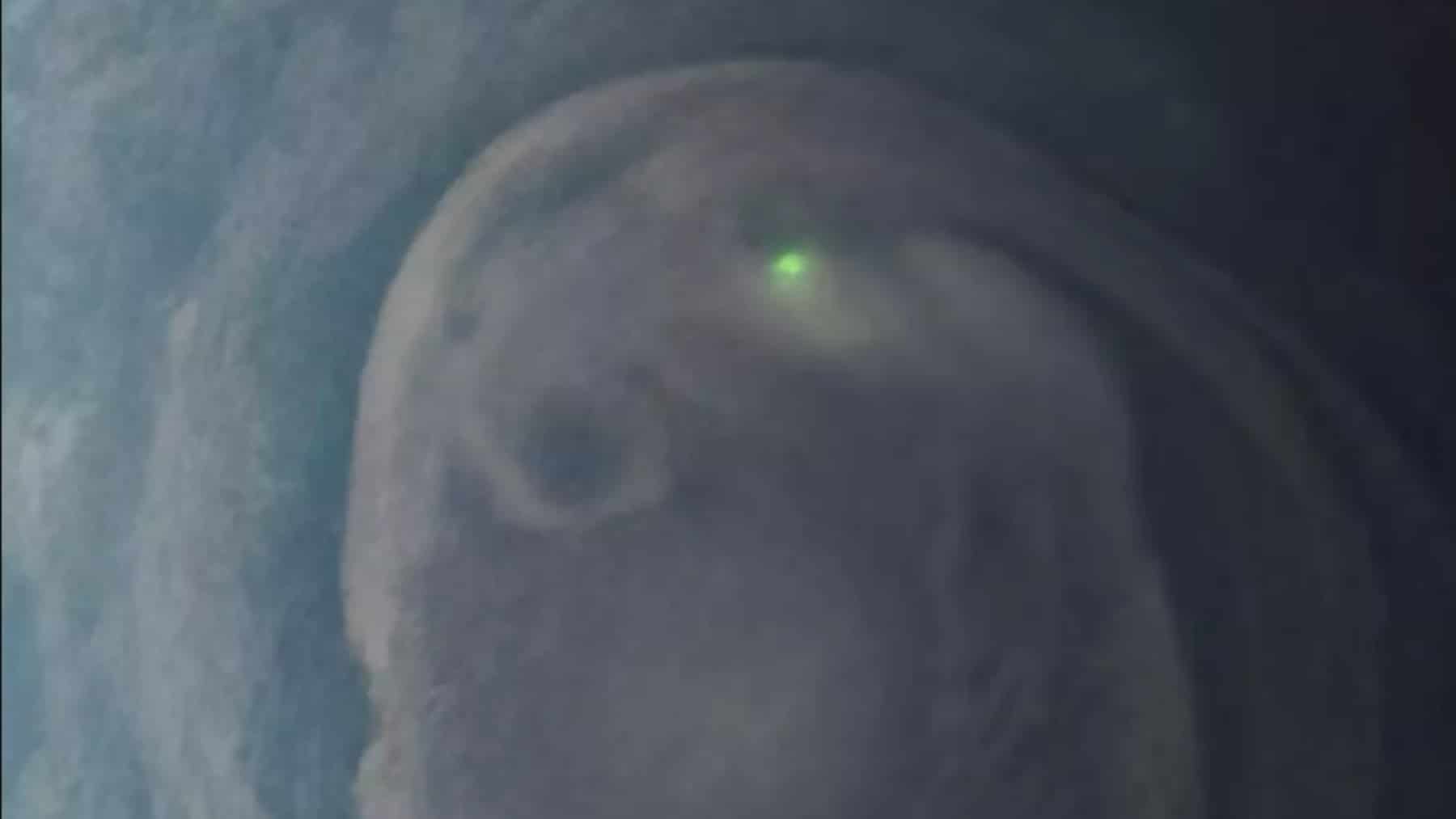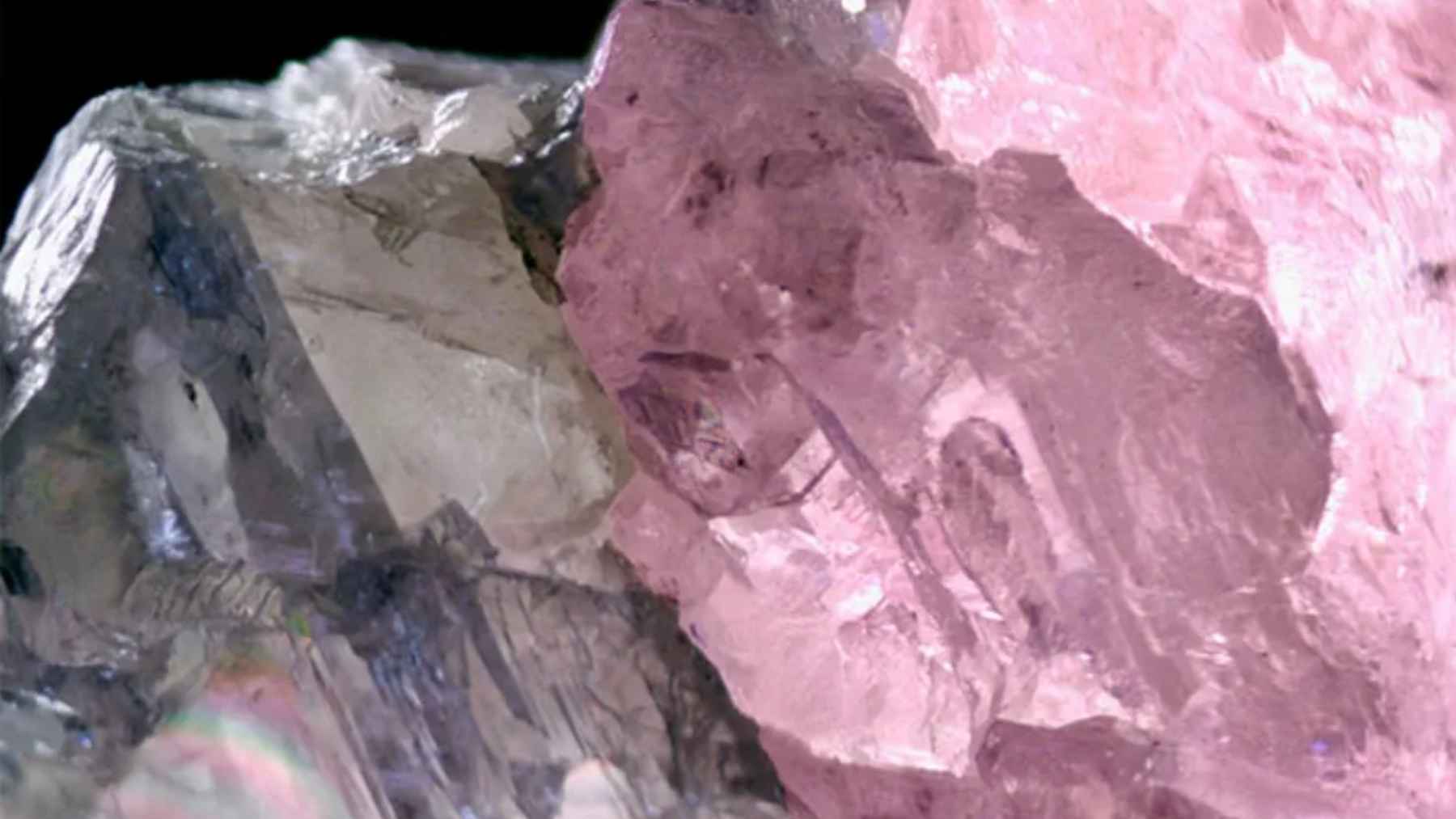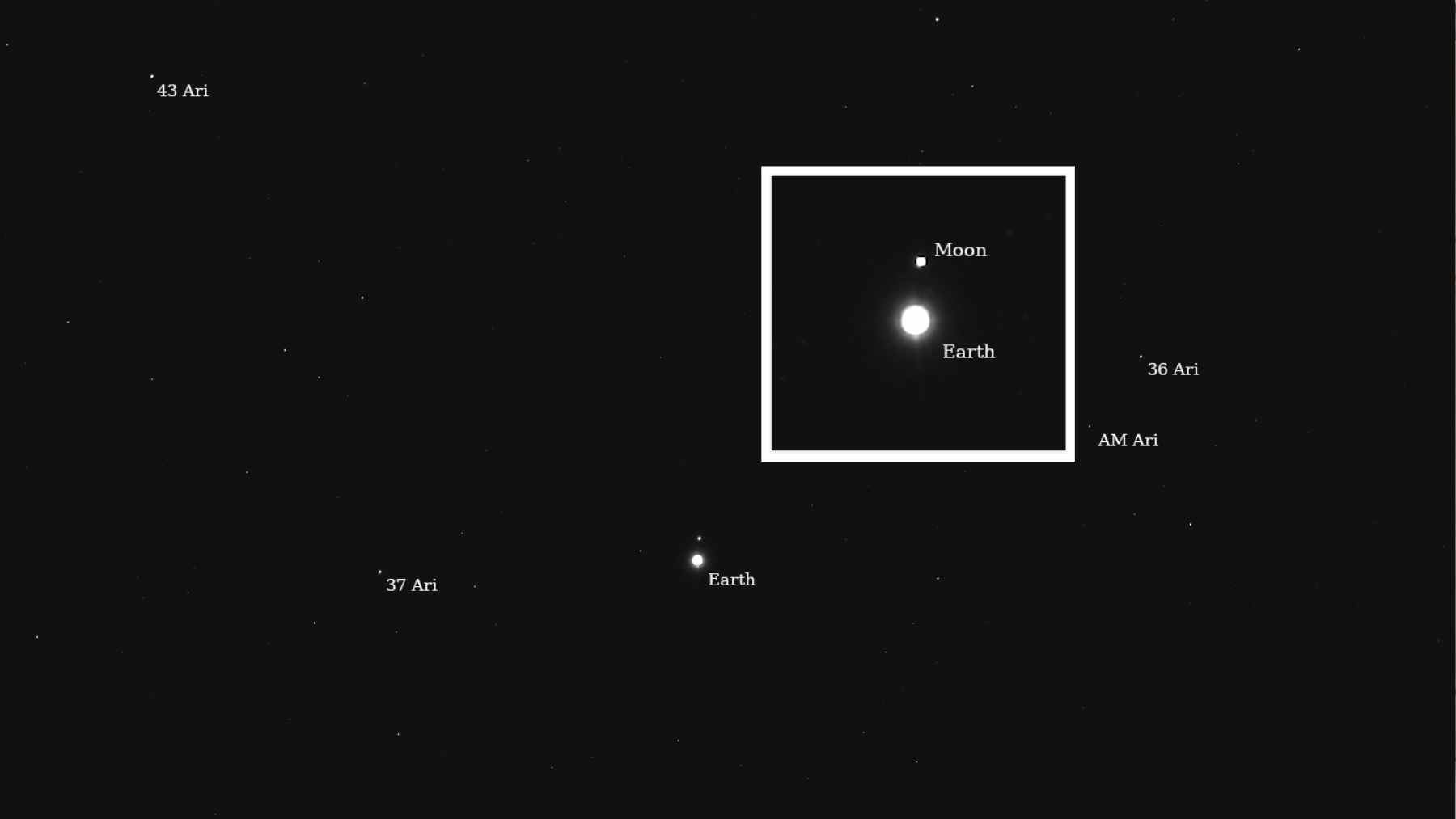Scientists study the central part of the Milky Way galaxy with great passion. Researchers within the scientific field confirm that unexplained radiation occurs around Sagittarius A* (“Saggitarius A-star”), its status as a newly discovered supermassive black hole at the heart of the Milky Way. NASA scientists remain perplexed because of an unidentified energy emission that drives them to determine its origin.
Sagittarius A: the incomprehensible supermassive black hole that cannot be understood
Sagittarius A* is 4.1 million times the sun’s large 26,000-light-distant and dense star-cluster that orbits it. The real black hole is pretty mellow relative to the rest of the world’s active black holes, and this glow becomes much sweeter. Scientists are particularly drawn toward the mellow nature of black holes because active black holes typically spew copious energy and radiation, but this does not.
The surrounding dense star population also adds an extra zone of speculation. The stars within this space zone are densely packed, a million times closer than the zone of our galaxy. This will slightly enhance the brightness, although it does not fully illustrate the brightness that has been found.
Scientists are scrambling for answers: here’s what they think could be causing the glow.
Despite the known existence of Sagittarius A*, the source of the peculiar glow at the centre of the Milky Way has not yet been proven. The glow cannot be completely explained by the dense array of stars and the black hole it includes. The scientists have a few options they’re not yet willing to say with any certainty. One of them has the brightness possibly resulting from the large array of stars that rest at the galaxy’s centre, although this does not completely explain the effect that has been detected.
Another possible answer involves an accretion disk—material that accretes toward the black hole and possibly radiates great energy. The relative quiet of the Sagittarius A* once again eliminates this solution as a stand-alone answer. Other scientists contend that dark matter may interact with each other and radiate glow, although this juncture constitutes speculation (also read this speculation). They illustrate how much we don’t know yet about the complex behaviour of the Milky Way centre.
NASA’s powerful telescopes are on the case: what they’re looking for
NASA’s James Web Space Telescope and other telescopes focus on the Milky Way centre to gain further insight. The JWST has the authority to see through the dense dust clods that hinder the travel of the lights that we can see and take a closer glimpse at the Milky Way centre. The scientists expect this new understanding will enable them to determine the actual mass of Sagittarius A* and investigate the area with greater precision.
Scientists study supermassive black holes by comparing our galaxy’s centre with other galaxies’ centres to find links between these cosmic bodies’ existence. This comparison process will provide essential information about whether supernatural emissions occur exclusively within the Milky Way or across all celestial bodies. The correlation might also help scientists answer larger questions regarding the formation and development of the cosmos’ galaxies.
Other galaxies have bright centres, too—so what makes the Milky Way different?
The brightness of the Milky Way and the nucleus of the rest of the galaxies is a characteristic of most galaxies. This brightness is mainly a result of the dense population of stars within a galaxy’s galactic bulge. Active galactic nucleus also sometimes results in brightness in a few instances, although not with the Milky Way. Quasars and active galactic nucleus-powered galaxies do not include the consumption of large masses of matter at a great speed with the Milky Way. Thus, it becomes all the more strange ( here’s another strange news) that it has a relatively subdued behaviour.
The strange glow at the Milky Way centre remains among the great astrophysical enigmas of the modern world. We know that the part it plays, the Sagittarius A*, has yet to confirm the cause of the glow. The constant observation and study of the region of telescopes, including the JWST, try to unravel the puzzle of the Milky Way centre and reveal the complex processes and events that unfold within the mysterious region.















